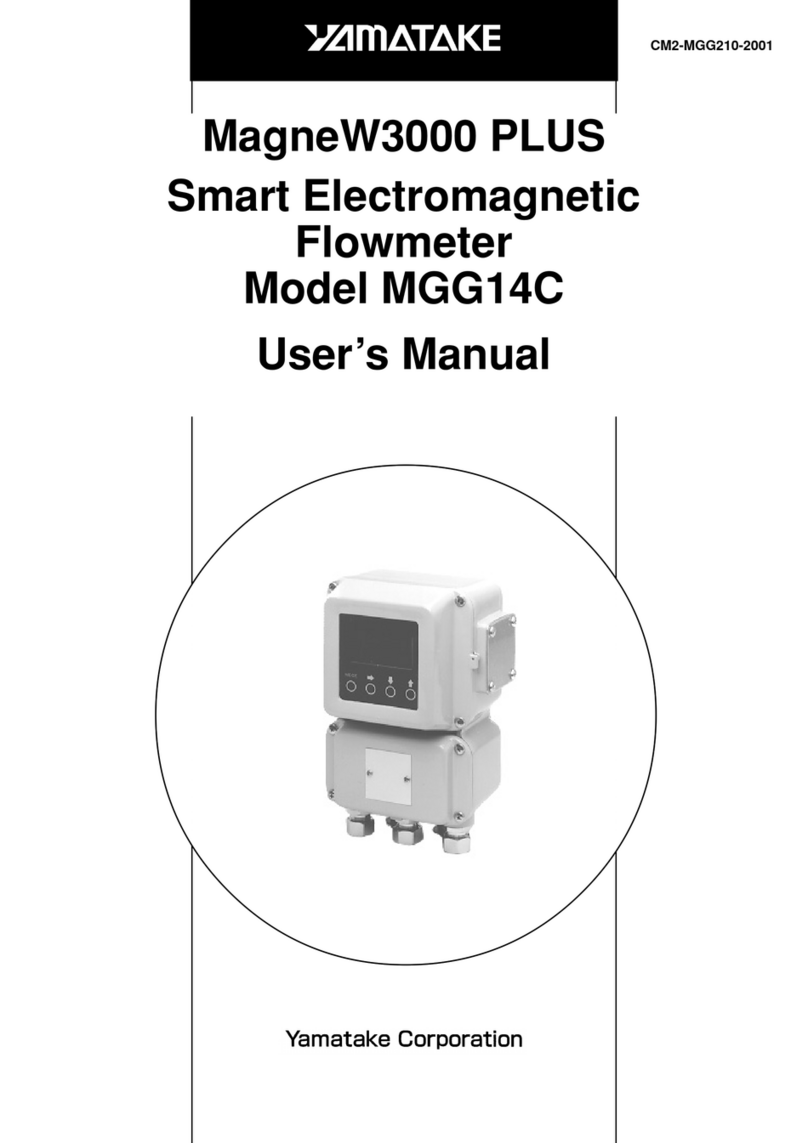viii
Chapter 4. PREPARATION AND OPERATION
4-1 Preparation (loading the chart and ink ribbon cassette) ...............................4-1
■Loading the Chart........................................................................................4-1
■Loading the Ink Ribbon Cassette...............................................................4-4
4-2 Operation............................................................................................................4-6
■Turning the Power ON.................................................................................4-6
■Starting/stopping Recording......................................................................4-6
■Feeding the Chart........................................................................................4-7
■Selecting the Display Mode........................................................................4-7
■Recording a Specific Table.........................................................................4-8
■Other Displays and Operations..................................................................4-9
■Printout Details............................................................................................4-9
■Replacing the Chart...................................................................................4-12
■Replacing the Ink Ribbon Cassette..........................................................4-13
Chapter 5. BASIC CONFIGURATION
5-1 Introduction........................................................................................................5-1
5-2 Basic Key Operations at Setup, Configuration Lock and Menu Levels........5-2
■Basic Key Operations at Setup ..................................................................5-2
■Canceling Configuration Lock....................................................................5-4
■Changing the Menu Level...........................................................................5-5
5-3 Changing Event Setting Values........................................................................5-6
■Starting Setup..............................................................................................5-6
■Selecting the Target Channel No. ..............................................................5-6
■Selecting the Target Event No....................................................................5-7
■Enabling Changing of Event Setting Values.............................................5-7
■Entering Event Setting Values....................................................................5-7
5-4 Changing the Date/Time....................................................................................5-8
■Starting Setup..............................................................................................5-8
■Changing the Date.......................................................................................5-8
■Changing the Time ......................................................................................5-8
5-5 Printing Lists......................................................................................................5-9
■Stopping Recording ....................................................................................5-9
■Starting Setup..............................................................................................5-9
■Selecting the List to be Printed................................................................5-10
■Stopping List Printing Midway.................................................................5-10
■Print Communications List.......................................................................5-10
■Print Specified Lists..................................................................................5-11
■Print All Lists..............................................................................................5-13




























